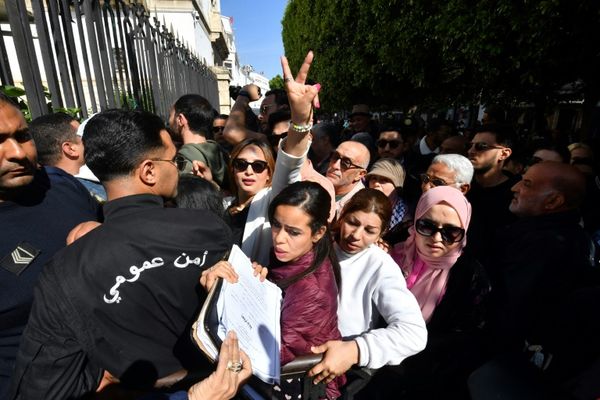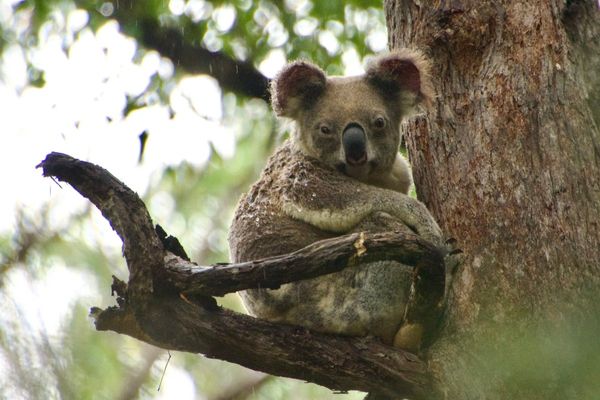Manipur’s unfolding and extended tragedy, in which two of the State’s major communities, the Kukis and Meiteis, have been on a bloody communal clash since May 3, is proving how utterly meaningless all the contests to score debating points on the media are; equally, it shows how empty all political posturing and vaunts can be in matters of resolving deadly conflicts.
After nearly two months, the State remains tense, with over 120 lives lost. While this cannot be reversed, there are also another estimated 45,000 displaced people in several temporary community-run relief camps on both sides of the divide. For their sake, first and foremost, all posturing must end so that all stakeholders in this conflict theatre — not just the Kukis and Meiteis — can sit down together to evolve a way forward, with consensus, including structural administrative changes agreeable to all, and for the benefit of all.
The interlink in mutual welfare
The emphasis on consensus is important. The truth is what one community does impacts other communities even if they live separately. The integral geography of hills and valleys, and rivers and lakes predestines this, and any move to disrupt this integrity can be an affront on the sense of security of another. Robert D. Kaplan in The Revenge of Geography: What the Map Tells Us About Coming Conflicts and the Battle Against Fate, and before him, Halford J. Mackinder in The Geographical Pivot of History, have shown us how some of the deadliest conflicts in the world were always implicit in shared geographical destinies. We are seeing this in Russia’s response to the North Atlantic Treaty Organization’s overtures in Ukraine, and indeed in India’s own response to the Chinese incursion in the Bhutanese territory of Doklam, in 2017.
The current standoff in Manipur should have already shown how much the hills and valley depend on each other for their mutual welfare. In this relationship, it is also to be expected that the valley would feel a little more vulnerable, though this is also where topographical and agricultural advantages resulted in State formation first. James C. Scott profiles this friction between “Paddy States” and “non-state bearing” populations living in surrounding mountains in The Art of Not Being Governed – An Anarchist History of Upland Southeast Asia. The ‘imagined nation’ of these valleys, therefore, have always included a sense of control of the surrounding hills where their mountain passes are, and rivers originate.
The Meiteis’ near paranoic concern about Manipur’s territorial integrity must be understood in this light. Independent India choosing to inherit a skewed land law introduced by the British has ensured that they are today confined in the small Imphal Valley. The British had their compulsions. When they set foot in the northeast in 1826, they had also to deal with Scott’s “non-state bearing” populations of hunter gatherers, whose community affiliation seldom extended beyond their villages. The British had either to subjugate each of them and bring them under their direct rule or else leave them alone under their remote gaze. They chose the latter and found it more convenient to associate with the centralised bureaucracies of “Paddy States” there. Hence, after annexing Assam, they promulgated the Bengal Eastern Frontier Regulation of 1873 to draw an “Inner Line” along the foot of the hills that surrounded the floodplains of Assam. Bodhisattva Kar in an essay “When Was the Postcolonial?: A History of Policing Impossible Lines”, characterises this as giving “a territorial frame to capital”, separating the “modern from primitive”. Without actually drawing an “Inner Line”, this governance mechanism was also introduced in Manipur after 1891, when Manipur became a British protectorate state.
Acknowledge Meitei pain
Many now talk of an ethnic cleansing happening in Manipur, and this may actually become so if nothing is done to ensure the displaced can return home safely. What most miss, however, is a silent and seemingly non-aggressive ethnic cleansing of Meiteis from Manipur’s hills in the decades since India’s Independence. The pain of those forced to flee in the wake of the present crisis is heart-wrenching, but it is time to also acknowledge the accumulated pain and humiliation of confinement Meiteis would have had to bear, which is not trivial. Hence, their demand for Scheduled Tribe (ST) status is also a desperate cry against this sense of besiegement.
This should also explain — though not justify — the shockingly violent response of Meiteis to the carnage on the afternoon of May 3 in the Torbung area of Churachandpur district. In this incident, Meitei villagers were seen on the Internet even as they were fleeing arson attacks by Kuki mobs, desperately appealing for help. When it became evident the government was not doing anything to control the violence, a dark, primordial and amoral energy within the larger Meitei society began churning not just in response to the immediate affront but also fired by a subterranean sense, reasonable or not, of a civilisational and even existential threat. The violence that followed is unimaginably wild and indiscriminate — ambulances, schools, ministerial bungalows and residences, men, women and children, all became targets.
Some onlookers think that two organisations, Arambai Tenggol and Meitei Leepun, are the creators of this mayhem. This is simplistic. These organisations (which few would have heard of before this crisis) may have been the first responders to the Torbung mayhem (and may still be a part of the problem), but are hardly the problem in its entirety. In Freudian terms, what is being witnessed in the Meitei society now is the primordial, malevolent, infantile, Id, shattering the ceiling of civilisational control of the Superego, while the rational Ego is made powerless and irrelevant. In this surge of dark energy, it is amazing how an entire community can mobilise itself on such a large scale, and it is frightening to witness the readiness to kill, or die — of ordinary men and women. This must be what made W.B. Yeats exclaim, “A terrible beauty is born”, though there is little to distinguish this beauty from the beast.
For the Kukis
The Kukis too have been made to suffer long from unjust humiliations and sense of persecution by the insensitive manner in which the government pushed policies such as drives against poppy plantation, illegal migration and encroachment into reserved forests. The hurt this would have caused should explain why only Kukis and not Nagas reacted in extreme violence on May 3 though both were in the same rally organised to protest the proposal to include Meiteis in the ST list.
However, this is not the time for “who started it” or “who did more damage” finger-pointing. The return of normalcy must be the priority, and this initiative should begin from the leadership at the very top. Even if they have scores left to be settled, they must end the duelling for now. Along with this, to dispel all doubt of involvement of Kuki militants under the Suspension of Operation agreement in this conflict, the Assam Rifles must provide conclusive evidence of all cadres being back in their designated camps. Once this is done, it should be easier to have all weapons looted from police stations in the valley areas either returned or recovered. In this, the shining example of Mahatma Gandhi’s courage in calling off the Non-Cooperation Movement on February 12, 1922 after the violent Chouri Choura incident is there to emulate.
Pradip Phanjoubam is Editor, Imphal Review of Arts and Politics







